Obsessed with color-matching right now? Try these activities
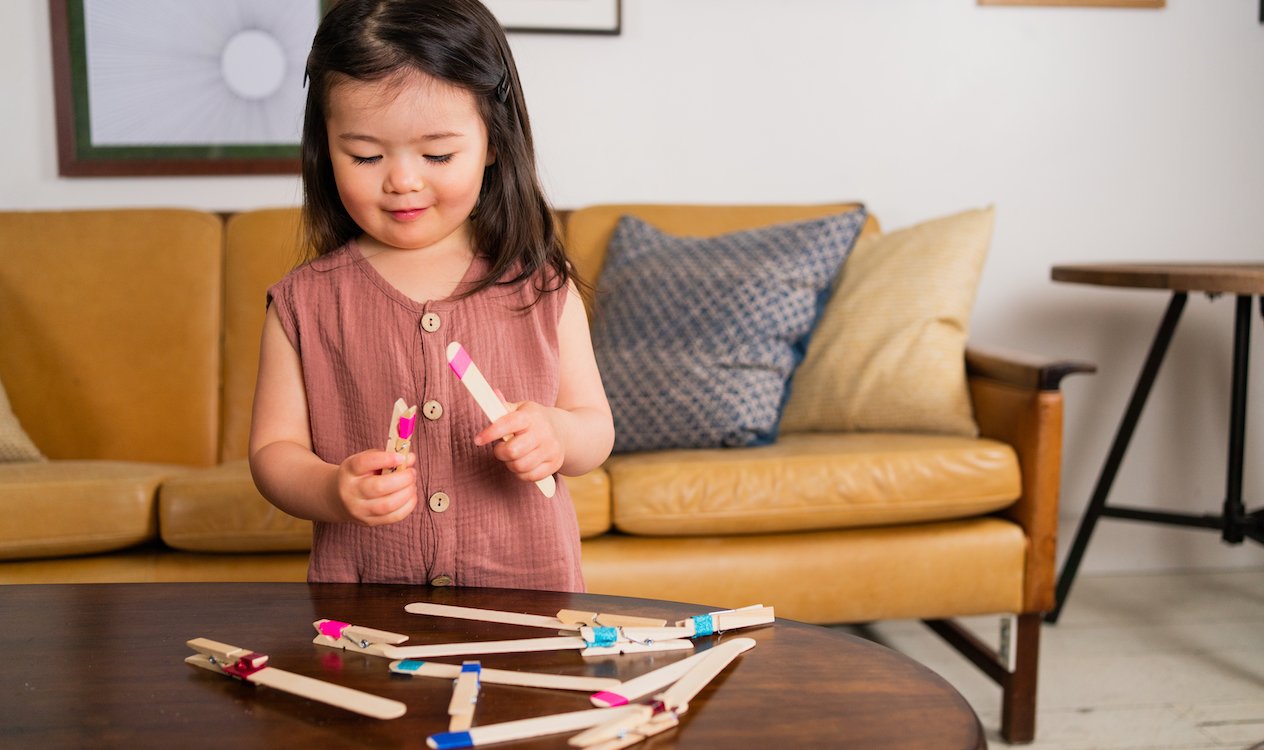
Between 26 and 29 months, children begin to match black and white objects together, and some can integrate primary colors as well. Black and white pipe cleaners, craft pom poms, and popsicle sticks with their tips painted all work well for color matching activities.
Here are some ways to practice colour matching:
- Use three objects—two black, one white—that are exactly the same aside from their color.
- Place them in front of your child and say “let’s find the two that are the same”.
- If they’re able to, ask why they chose the two they did. They may not be able to explain their thinking quite yet, but then again, they may surprise you 😉
- Try placing one white object into a container and a similar black object into another. Then, hand your child a small collection of objects in both black and white, and ask your child “do you want to try? Which container do you think these go into?”
- Add a primary color to the mix: for example, give your child one white object and two red ones and repeat the container activity. Comparing two primary colors, like red against yellow, often comes a little later—typically between 29 and 33 months.
- If you have a checkerboard, ask your child to match the red and black pieces to the squares on the board. Give your child only a few pieces to start, then add more as they go.
At around 33 months, children can often match three to five objects of the same color. Here are a couple of fun color sorting activities you can try with your child:

- Gather together some multicolored craft pom poms, a pair of child-friendly tweezers, and an egg carton. With marker or paint, draw colors in the carton that match the pom poms, and show your child how to start sorting the pom poms by color. You can also sort them by size.
- Create a found object color wheel. Gather objects from around your house in all the colors of the rainbow. Place one item of each in color in a circular pattern on the floor. Ask your child to then group the rest of the items by like colors, creating a beautiful rainbow pattern. The end result is aesthetically pleasing and the work along the way provides meaningful color learning experiences for your child.
- Combine fine-motor work and color matching with a sensory bin scoop-and-sort game. Add water and small floating objects (plastic blocks or eggs, foam shapes, flowers and leaves, etc.) in an assortment of colors to a sensory table or large, shallow bin. Provide your child with a slotted metal or wooden spoon and cups that are color coordinated with the items in the bin (colored silicone muffin cups or clear cups with markings signifying which color they go with work well). Show your child how to scoop the items from the bin with the spoon and place them into the corresponding cup.
The Drop and Match Dot Catcher is a great tool for practicing color matching, hand-eye coordination, and fine motor skills.
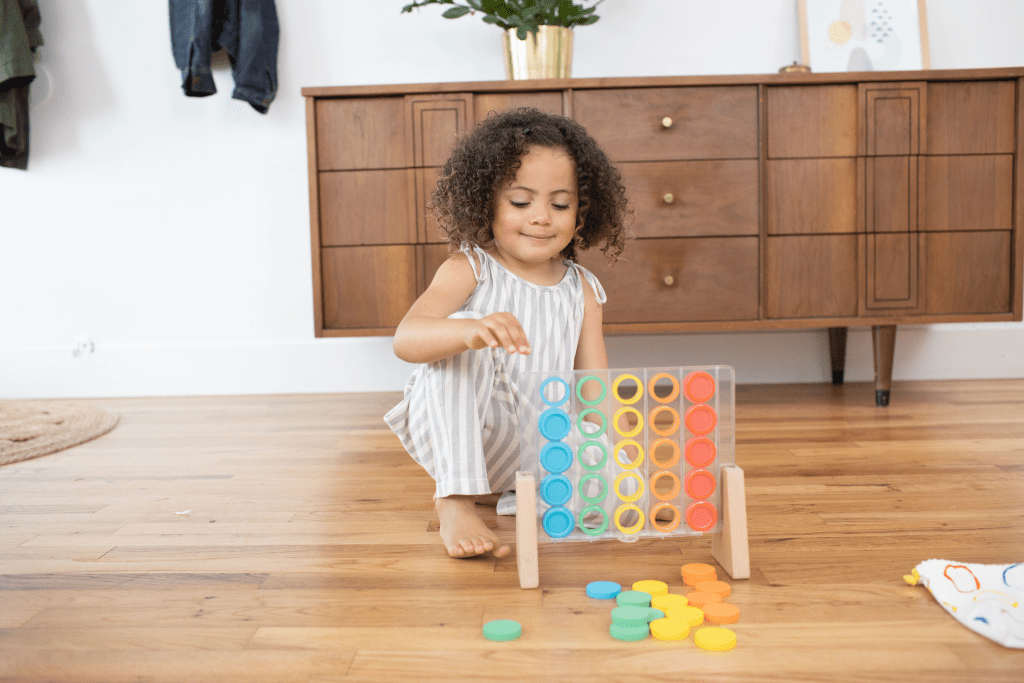
- First, let your child drop the dots into the board however they want before you suggest any kind of color matching.
- Then group the dots into color stacks and identify them (“these dots are all red”).
- Try creating a row of all red dots (left to right) to match the red-ringed slots, and see if your child wants to create the next colored row on top of yours.
- Next, try making a column, counting as you drop each dot, and ask your child to create the next column.
- Lots of practice working the release mechanism to let the dots drop out will probably be extra exciting for your child 🎉
This post is also available in:
![]() Deutsch
Deutsch ![]() Nederlands
Nederlands
Posted in: 25 - 27 Months, Colors, Matching, Playtime & Activities, Sort, Child Development
Keep reading
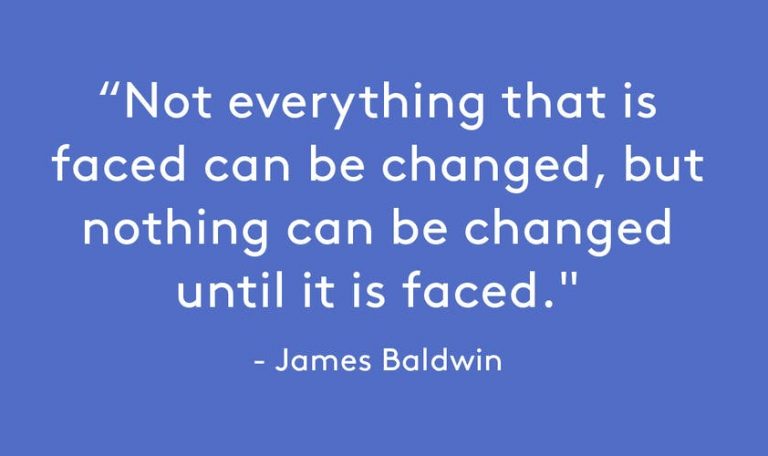
25 - 27 Months
Research shows that your two-year-old may already be noticing race
Discussing issues of race and racism with young children may seem overwhelming, but there are many ways to engage in these discussions.
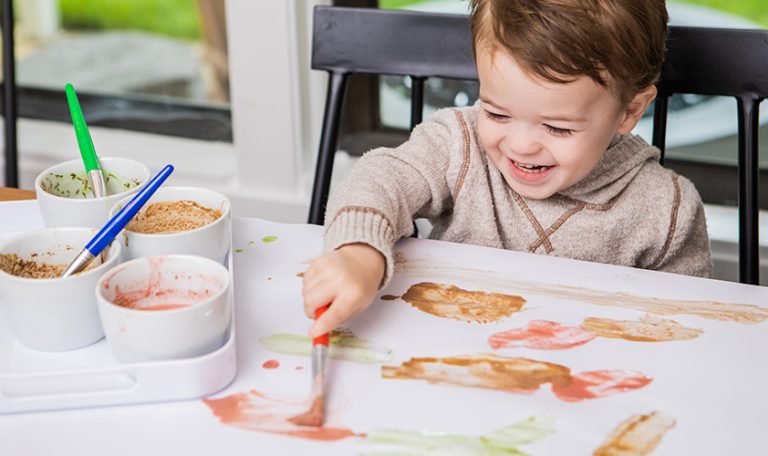
25 - 27 Months
DIY spice paints, nature soup, and more ways to explore smell
Many sensory activities focus on texture, temperature and other tactile properties. Try these ways to incorporate smell into your two-year-old’s sensory play.
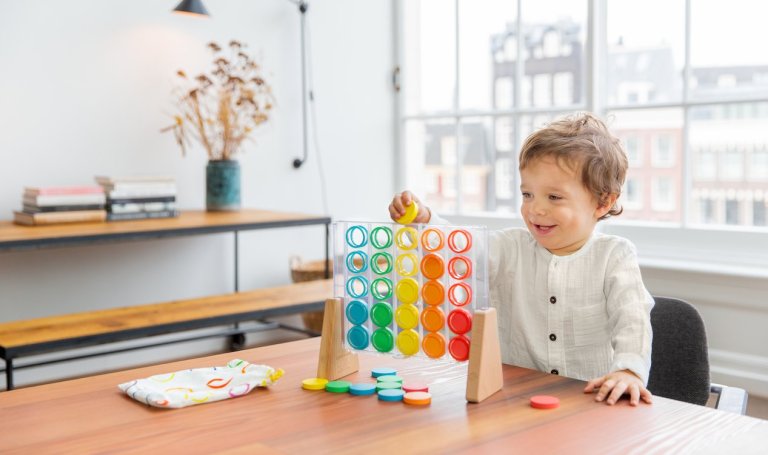
25 - 27 Months
How long should my two-year-old be able to focus?
Supporting your child’s ability to focus and concentrate helps them get deeper into play and lays a foundation for the mental stamina they’ll need later on.
